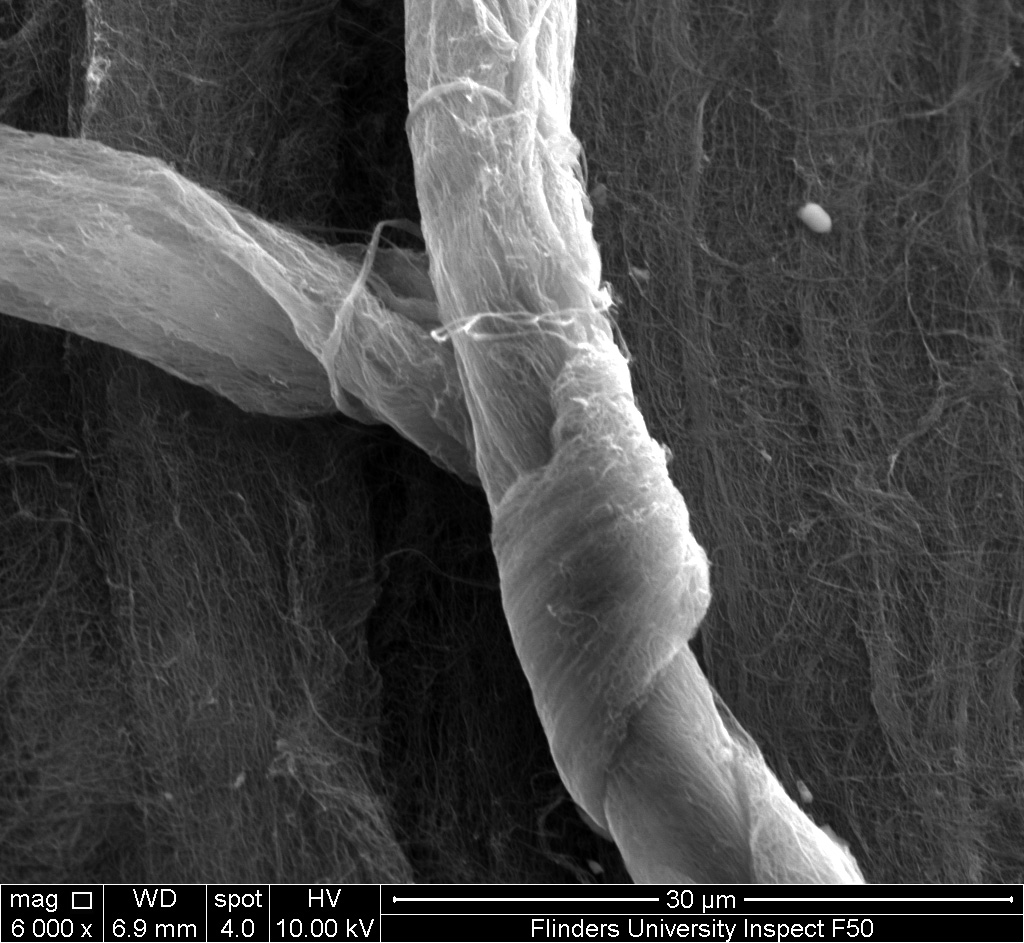Next generation X-ray technology, developed and manufactured in Adelaide, is solving global health, defence and security challenges by making X-ray machines significantly lighter and more portable.
In-depth imaging is now available on the move thanks to Adelaide-based medical device manufacturer, Micro-X, which has commercialised a new way of producing x-rays.
The ASX-listed company is harnessing two dimensional materials and advanced manufacturing practices to create a far smaller and less power intensive x-ray emitter that reduces overall system footprint and opens it up for portability.
Micro-X’s lightweight systems are already being sold across the world, with two new product lines based on this proprietary technology. The newest product, the Rover, received FDA approval in July 2020, and by the end of September the company has secured a $1.4m contract for supply of the mobile x-ray imaging system.


The company has also been named as a Finalist in the Innovator of the Year category of the 2020 SA Science Excellence and Innovation Awards in recognition of the development and commercialisation of this ground-breaking technology.
X-ray imaging is vital to medical professionals to look inside the body without the need for an operation. It relies on the production of x-ray light, which is absorbed in different amounts by different tissues, producing a silhouette that can be used to identify broken bones, abnormal tissues, and far more.
To create these x-rays, an electron beam is required to inject enough energy into a target material to make it emit the essential light this takes place in a component called an x-ray tube.
In a traditional system a metal filament is heated to “boil off” electrons to form the electron beam, but this is incredibly inefficient and results in large amounts of excess heat being generated. To dissipate the heat, conventional x-ray tubes are usually surrounded by a heavy oil-bath, which adds significant weight to the system, thus limiting its overall design and portability.
Micro-X’s core technology does away with the need for bulky heat sinks by making it far easier to create the initial electron beam. The company’s x-ray tubes use a proprietary carbon nanotube (CNT)-based field emitter to produce electrons.
The CNTs that form the core of these emitters are sheets of graphene that are rolled up to form cylinders they are far more willing to release electrons than the traditional metal filament and will do so without the need for significant heating, removing the need for oil baths and allowing for miniaturisation of the entire system.
This emitter is manufactured at Micro-X’s Tonsley production facility, and is central to two new product lines launched by Micro-X the DRX-Revolution Nano’ which is now operating in hospitals in 14 countries, while the Rover’ mobile x-ray unit for deployed military hospitals was recently launched and will be sent to a number of Pacific Island nations.
The company’s interdisciplinary team started developing their CNT technology in 2017, with assistance from Flinders University and Microscopy Australia, the University of Adelaide, the University of South Australia and ANFF-SA. As the project grew the extended national ANFF network has become part of Micro-X’s supply chain, with the OptoFab Node in NSW currently producing some critical tube components.
Ready to take on new challenges, Micro-X has joined the Australian Stroke Alliance to help develop a lightweight mobile computed tomography (CT) scanner Ring Scanner’ to enable lifesaving diagnostic imagers to be fitted into every ambulance providing stroke diagnosis at the point-of-care.